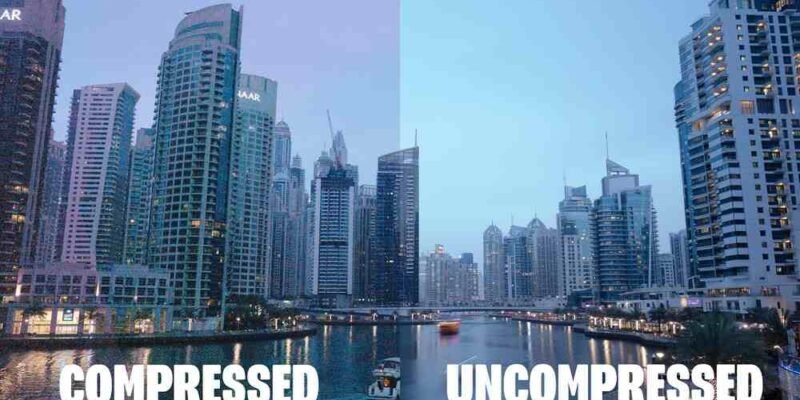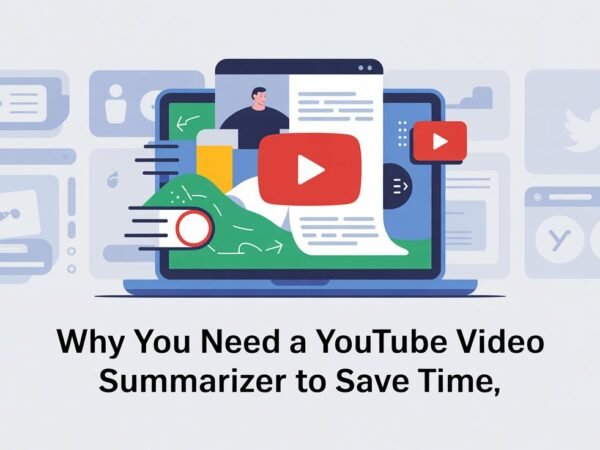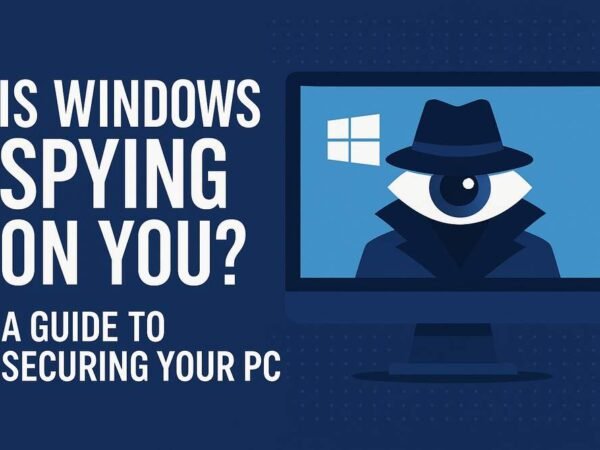Understanding the differences between compressed and uncompressed raw video formats is crucial in video production. Whether you’re a budding filmmaker or a seasoned content creator, knowing the benefits and drawbacks of each format can help you make informed decisions about your projects.
Benefits of Compressed Raw Video Formats
Here are some notable advantages of using compressed raw video formats in your projects.
Smaller File Sizes
One of the main benefits of using compressed raw video formats is the smaller file sizes. These formats reduce the data stored in each file, making managing and transferring your video projects easier. Smaller files take up less space on your hard drive, which is especially helpful when you have limited storage.
Furthermore, you can share your videos more quickly online or via email, even without an MP4 cutter. This convenience lets you focus more on your creative process than on storage issues.
Good Quality
Compressed raw video formats can still deliver good quality despite their smaller file sizes. These formats use advanced algorithms to maintain a high level of detail and clarity in the video. This means you can enjoy beautiful visuals without sacrificing too much quality.
The balance between file size and visual fidelity is one of the key compressed video benefits. As a result, you can create stunning projects that are both easy to manage and visually appealing.
Faster Editing
Another significant advantage of compressed raw video formats is faster editing. Since these formats have smaller file sizes, your editing software can load and process them more quickly. This means less waiting time and a smoother editing experience. You can make changes, add effects, and check your edits without delays.
With faster editing, you can spend more time being creative and less frustrated by slow software performance. This efficiency helps you meet tight deadlines and enhances your overall workflow.
Drawbacks of Compressed Raw Video Formats
Here are some key disadvantages when working with compressed raw video formats.
Limited Flexibility
One major drawback of compressed raw video formats is limited flexibility in post-production. When you compress video, some data is lost. This loss can make correcting colors harder or making other adjustments later. If you need to change something significantly in the edit, you might not have the room to do so.
This can be frustrating for creators who want full control over their footage. While compressed formats are convenient, they may restrict your creative options once you start editing.
Potential Artifacts
Another drawback of using compressed raw video formats is the possibility of artifacts. Artifacts are visual distortions that can appear in your footage. These may include blurring, blocking, or banding. They often occur when video data is compressed too much. While these effects can reduce the quality of your video, they might not always be obvious at first.
However, when you zoom in or make significant adjustments, artifacts can stand out. This is important to consider if you want to maintain high-quality visuals in your projects.
Benefits of Uncompressed Raw Video Formats
Here are some significant advantages of using uncompressed raw video formats in your production workflow.
Maximum Quality
Uncompressed raw video formats provide the highest quality possible. They capture every detail without losing any data. Your footage will look stunning, with true colors and clear images. Choosing uncompressed formats gives you the best foundation for your projects.
This is especially important for filmmakers who need to do heavy editing. With the uncompressed video advantages, you can adjust colors, contrast, and effects without worrying about quality loss. For those who prioritize visuals, uncompressed formats are the best choice.
Full Control
Using uncompressed raw video formats gives you full control over your footage. You can make detailed edits without losing quality when you have all the data. This is important for color grading, adding effects, and fine-tuning your project. You can change aspects like brightness and contrast easily.
Full control allows you to bring your creative vision to life. You can take risks and experiment without worrying about the outcome. Uncompressed formats are the way to go for filmmakers who want the maximum creative freedom.
Drawbacks of Uncompressed Raw Video Formats
Here are some important drawbacks when working with uncompressed raw video formats.
Massive File Sizes
One of the main drawbacks of uncompressed raw video formats is their massive file sizes. These files can take up a lot of space on your hard drive, which means limited storage options for filmmakers. Large files also make it harder to share videos quickly.
Due to their size, uploading them online can take a long time. Additionally, managing these files can be challenging. You may need extra storage devices or cloud services to keep everything organized. While uncompressed formats offer excellent quality, the large file sizes can be a significant issue.
High Processing Requirements
Uncompressed raw video formats require a lot of processing power. Because they contain so much data, your computer must work harder to edit and play these videos. This can slow down your system and make editing more difficult, especially with multiple video clips.
To handle uncompressed formats smoothly, you may need a powerful computer with a strong processor and plenty of RAM. If your setup isn’t equipped for this, you might face lag or crashes during your editing sessions. Thus, while these formats provide high quality, they demand significant resources, which can challenge some users.
Learn All About Compressed vs Uncompressed Raw Video
In conclusion, choosing between compressed vs uncompressed raw video formats depends on your needs. Compressed formats are easier to manage and edit, while uncompressed formats offer the highest quality and editing flexibility.
Each option has pros and cons, so consider what matters most for your project. Whether you prioritize file size or image quality, understanding these formats will help you create better videos.
Do Read: High-Speed CDNs: Enhancing Website Performance and User Experience













